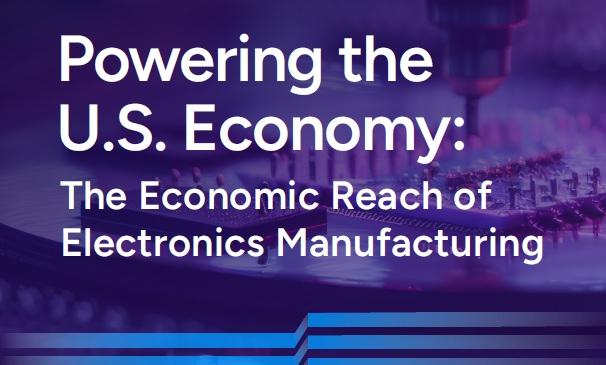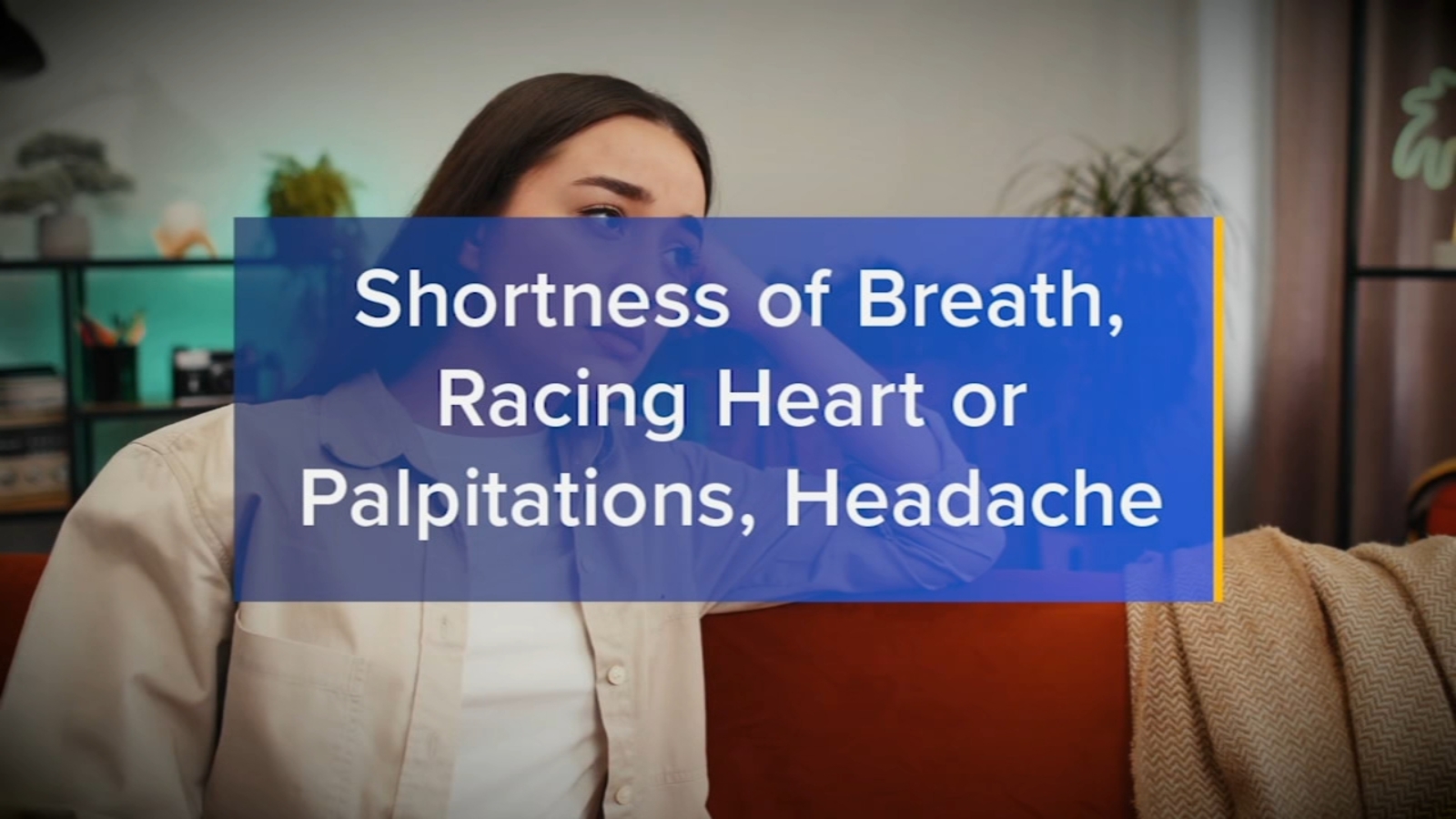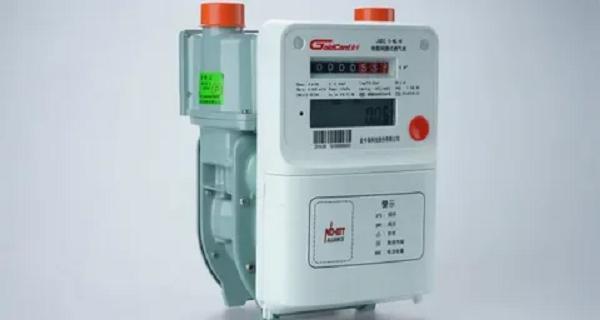GoodWe awarded JET certification for residential energy storage system in Japan – PV Tech
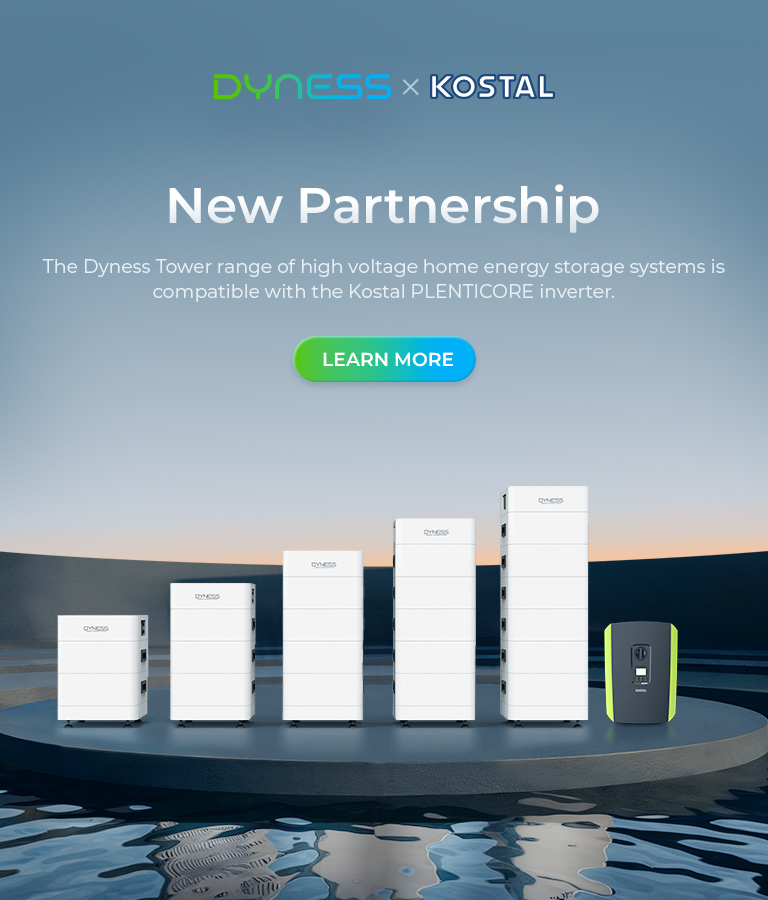
Report on GoodWe’s JET Certification and Contribution to Sustainable Development Goals
Executive Summary
GoodWe has secured Japan Electrical Safety and Environment Technology Laboratory (JET) certification for its single-phase residential hybrid energy storage systems. This achievement not only signifies compliance with Japan’s stringent safety and environmental standards but also marks a significant contribution towards several United Nations Sustainable Development Goals (SDGs). The certified system, comprising the EI hybrid inverter and the Lynx Home F battery, is engineered to advance residential energy independence and promote the adoption of clean energy, aligning with global sustainability targets.
Product Certification and Market Significance
The attainment of JET certification is a critical milestone, representing a high standard of product validation in the Japanese market. This development has several key implications:
- Validation of Safety and Reliability: JET certification provides third-party verification of the product’s adherence to rigorous safety and environmental protocols, building consumer trust.
- Market Expansion: The certification strengthens GoodWe’s position in Japan, a key market for advanced renewable energy technologies.
- Certified Components: The certification specifically applies to the combination of the GoodWe EI hybrid inverter (5.5 kW) and the Lynx Home F battery series (9.6 kWh and 12.8 kWh capacities).
System Specifications and Technological Innovation
The GoodWe energy storage system is designed to maximize the efficiency and utility of residential solar power, directly supporting the transition to sustainable energy infrastructure.
- EI Series Hybrid Inverter: Purpose-built for the Japanese market, this single-phase inverter features a 4-MPPT architecture, enabling optimal energy harvesting from complex roof layouts and enhancing overall system efficiency. Its plug-and-play design facilitates rapid and flexible installation.
- Lynx Home F Series Battery: When paired with the EI inverter, this high-capacity battery enables optimized energy storage and management.
- Integrated System Benefits: The complete system empowers households with reliable backup power, intelligent energy management, and greater self-consumption of solar energy, fostering energy resilience and independence from the grid.
Alignment with Sustainable Development Goals (SDGs)
The certification and deployment of GoodWe’s energy storage system directly support the advancement of multiple SDGs.
SDG 7: Affordable and Clean Energy
- The system promotes access to affordable, reliable, and modern energy by enabling households to generate and store their own solar power.
- It increases the share of renewable energy in the residential energy mix and enhances energy efficiency through optimized self-consumption.
SDG 9: Industry, Innovation, and Infrastructure
- The development of the advanced EI inverter and Lynx Home F battery showcases technological innovation in the renewable energy sector.
- Achieving JET certification contributes to building resilient, reliable, and sustainable energy infrastructure at the residential level.
SDG 11: Sustainable Cities and Communities
- By providing reliable backup power, the system enhances household resilience against grid outages, contributing to safer and more sustainable communities.
- It supports decentralized energy generation, reducing the strain on centralized power grids and promoting local energy security.
SDG 12: Responsible Consumption and Production
- The system encourages responsible consumption patterns by maximizing the use of self-generated solar energy, reducing reliance on fossil fuels.
- The JET certification’s focus on environmental friendliness ensures that the product aligns with sustainable production standards.
SDG 13: Climate Action
- The primary function of the system is to facilitate the use of solar power, a critical tool in combating climate change by significantly reducing greenhouse gas emissions associated with residential electricity consumption.
Strategic Commitment to Sustainable Development
Since entering the Japanese market in 2020, GoodWe has demonstrated a strategic commitment to providing localized solutions that meet local energy needs. By focusing on product innovation, safety compliance, and robust after-sales support, the company continues to deliver intelligent and energy-efficient solutions that contribute directly to Japan’s sustainable energy transition and the broader global SDGs.
1. Which SDGs are addressed or connected to the issues highlighted in the article?
- SDG 7: Affordable and Clean Energy – The core of the article is about technology (hybrid inverters and battery storage) that promotes the use of solar energy, a clean and renewable source.
- SDG 9: Industry, Innovation, and Infrastructure – The article highlights technological innovation (EI Series inverter, Lynx Home F battery), product certification (JET), and the expansion of infrastructure for sustainable energy.
- SDG 11: Sustainable Cities and Communities – The technology provides reliable backup power and energy independence for households, contributing to the resilience and sustainability of residential communities.
2. What specific targets under those SDGs can be identified based on the article’s content?
-
SDG Target 7.2: By 2030, increase substantially the share of renewable energy in the global energy mix.
- The article discusses GoodWe’s hybrid energy storage systems, which are “designed to promote greater self-consumption of solar energy in residential settings.” This directly contributes to increasing the share of renewable energy (solar) at the household level, which in aggregate increases its share in the national and global energy mix.
-
SDG Target 7.3: By 2030, double the global rate of improvement in energy efficiency.
- The EI Series inverter is described as having a “4-MPPT architecture” that enables “optimal energy capture on rooftops with varying orientations and complex layouts, significantly enhancing overall system efficiency.” This focus on maximizing energy capture and usage is a direct contribution to improving energy efficiency.
-
SDG Target 7.b: By 2030, expand infrastructure and upgrade technology for supplying modern and sustainable energy services for all.
- The article is centered on the deployment of advanced technology—the “EI hybrid inverter (5.5 kW) paired with its Lynx Home F battery in 9.6 kWh and 12.8 kWh capacities”—in the Japanese market. This represents an upgrade of technology and expansion of infrastructure for modern and sustainable residential energy solutions.
-
SDG Target 9.4: By 2030, upgrade infrastructure and retrofit industries to make them sustainable, with increased resource-use efficiency and greater adoption of clean and environmentally sound technologies and industrial processes.
- GoodWe’s products are examples of “clean and environmentally sound technologies.” The JET certification, which involves “rigorous evaluation of product safety and environmental friendliness,” confirms this. The adoption of these systems in homes is a form of upgrading residential infrastructure to be more sustainable.
-
SDG Target 11.b: By 2020, substantially increase the number of cities and human settlements adopting and implementing integrated policies and plans towards…mitigation and adaptation to climate change, resilience to disasters.
- The system is described as delivering “reliable backup power, empowering households to achieve higher levels of energy independence and resilience.” This directly addresses the goal of building resilience in human settlements, making homes less vulnerable to power outages caused by extreme weather or other disasters.
3. Are there any indicators mentioned or implied in the article that can be used to measure progress towards the identified targets?
-
Indicator 7.2.1: Renewable energy share in the total final energy consumption.
- Implication: The article implies progress towards this indicator by focusing on technology that enables “greater self-consumption of solar energy.” The deployment of these systems directly increases the share of renewable energy in the final energy consumption of each household where they are installed.
-
Indicator 7.3.1: Energy intensity measured in terms of primary energy and GDP.
- Implication: While not measuring GDP, the article points to improvements in energy efficiency, a component of energy intensity. The statement that the system is “significantly enhancing overall system efficiency” and provides “optimized energy usage” implies a reduction in energy waste, which is the goal of this indicator.
-
Indicator 7.b.1: Installed renewable energy-generating capacity in developing and developed countries (in watts per capita).
- Implication: The article specifies the capacity of the systems being deployed: “EI hybrid inverter (5.5 kW)” and “Lynx Home F battery in 9.6 kWh and 12.8 kWh capacities.” Each installation adds to the total installed renewable energy capacity in Japan, directly contributing to this indicator.
-
Indicator 9.4.1: CO2 emission per unit of value added.
- Implication: By promoting solar energy, a zero-emission source at the point of generation, the technology helps reduce CO2 emissions. The article’s focus on “environmentally sound technologies” and “energy-efficient solutions” implies a move away from fossil fuels, thus lowering CO2 emissions relative to the energy services provided.
-
Indicator 11.b.2: Number of countries and local governments that adopt and implement local disaster risk reduction strategies.
- Implication: The article mentions providing “reliable backup power” and enhancing “resilience.” While not a government strategy itself, the adoption of such technology at the household level is a tangible implementation of disaster risk reduction, specifically for the risk of power grid failure. The availability and certification (JET) of such products enable this implementation.
4. Table of SDGs, Targets, and Indicators
| SDGs | Targets | Indicators (as implied in the article) |
|---|---|---|
| SDG 7: Affordable and Clean Energy | 7.2: Increase substantially the share of renewable energy in the global energy mix. | 7.2.1: Promotion of “greater self-consumption of solar energy” in residential settings. |
| 7.3: Double the global rate of improvement in energy efficiency. | 7.3.1: “Significantly enhancing overall system efficiency” through 4-MPPT architecture and “optimized energy usage.” | |
| 7.b: Expand infrastructure and upgrade technology for supplying modern and sustainable energy services. | 7.b.1: Installation of specific capacity systems (5.5 kW inverter, 9.6/12.8 kWh batteries). | |
| SDG 9: Industry, Innovation, and Infrastructure | 9.4: Upgrade infrastructure and retrofit industries for sustainability with clean and environmentally sound technologies. | 9.4.1: Deployment of JET-certified “environmentally sound technologies” that reduce reliance on fossil fuels, thereby lowering CO2 emissions. |
| SDG 11: Sustainable Cities and Communities | 11.b: Increase adoption of integrated policies for climate change adaptation and resilience to disasters. | 11.b.2: Household-level implementation of disaster resilience through technology that provides “reliable backup power” and enhances “resilience.” |
Source: pv-tech.org

What is Your Reaction?
 Like
0
Like
0
 Dislike
0
Dislike
0
 Love
0
Love
0
 Funny
0
Funny
0
 Angry
0
Angry
0
 Sad
0
Sad
0
 Wow
0
Wow
0



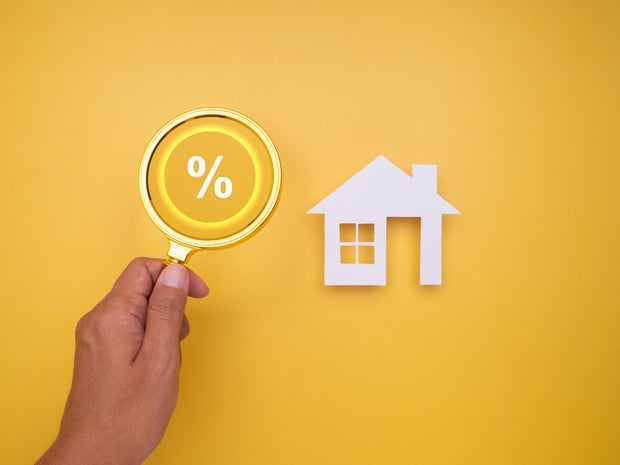














-1920w.png?#)




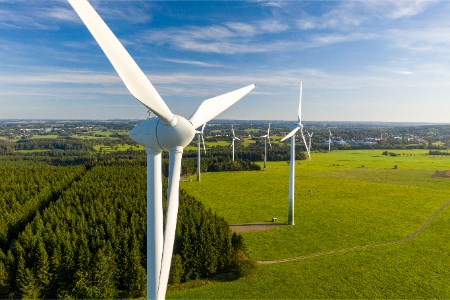
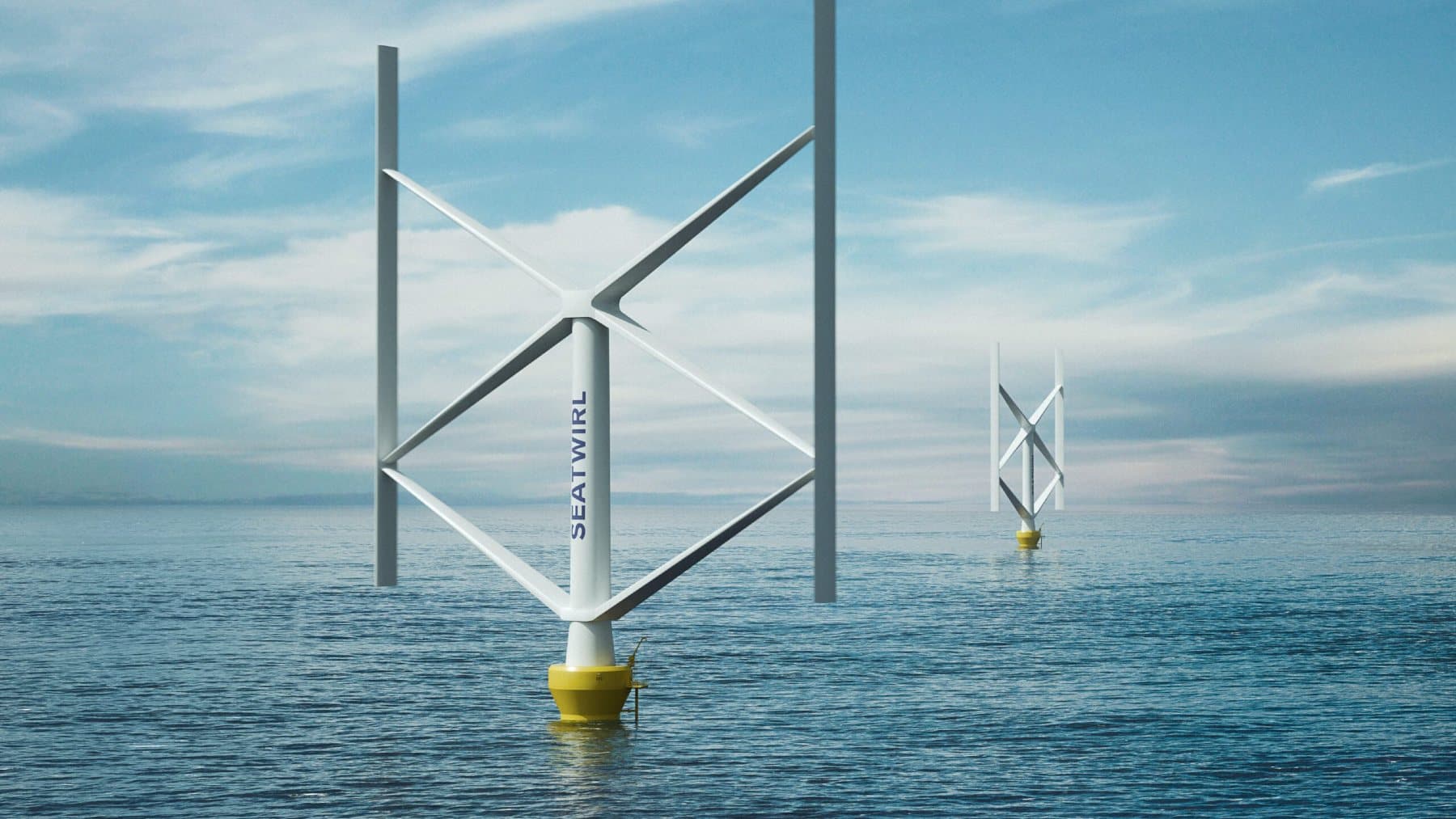












;Resize=805#)








.jpg?h=50da7ea4&itok=DTgFLdpn#)
